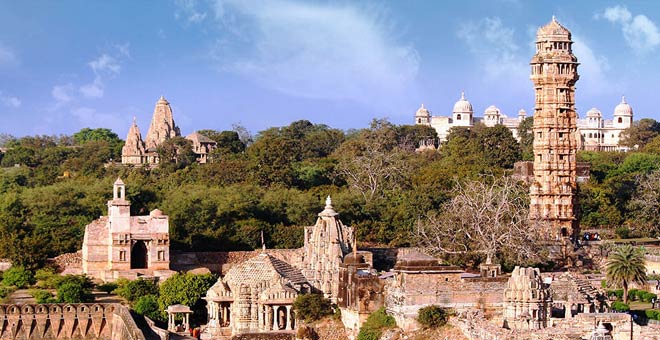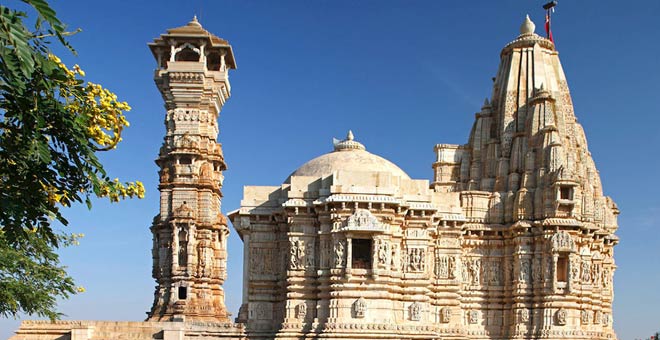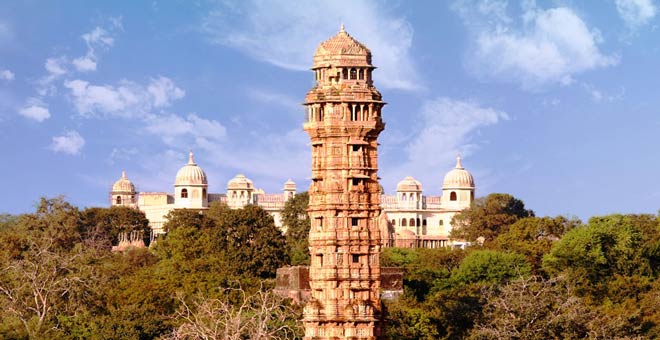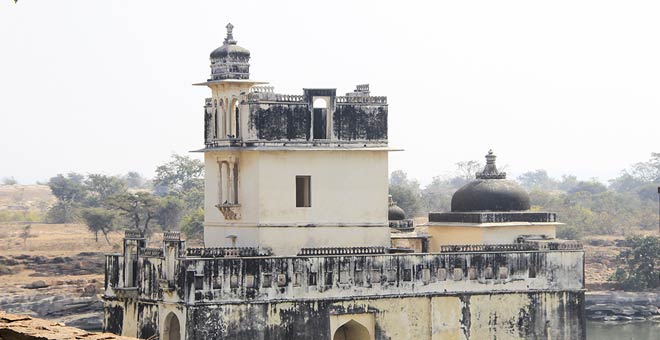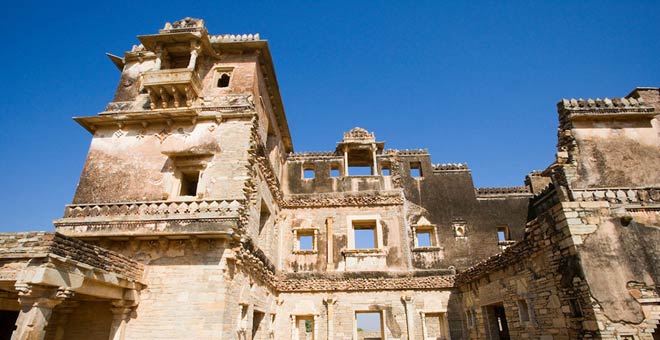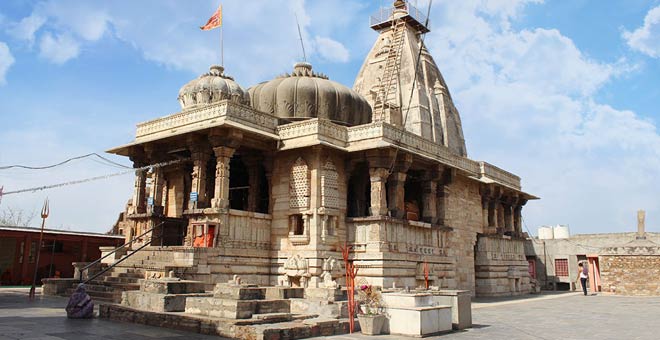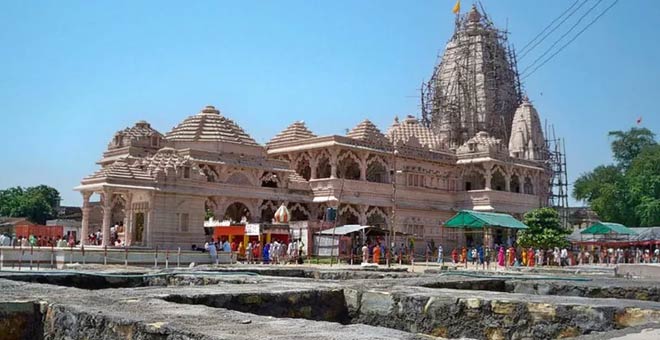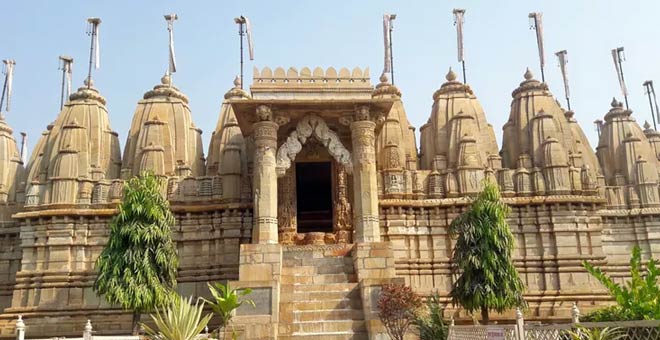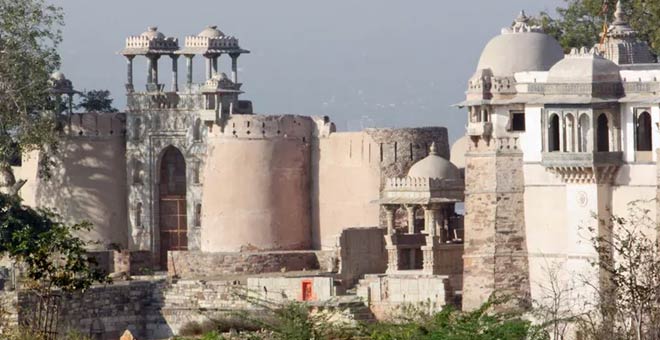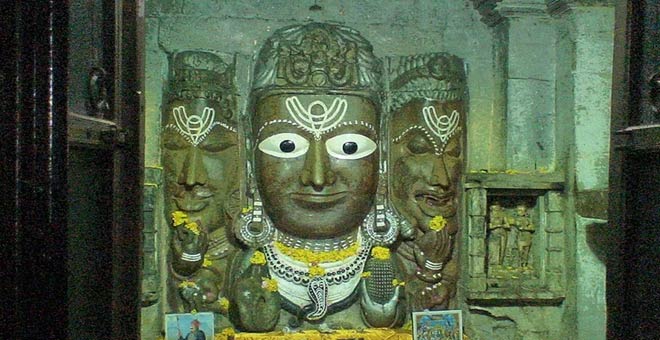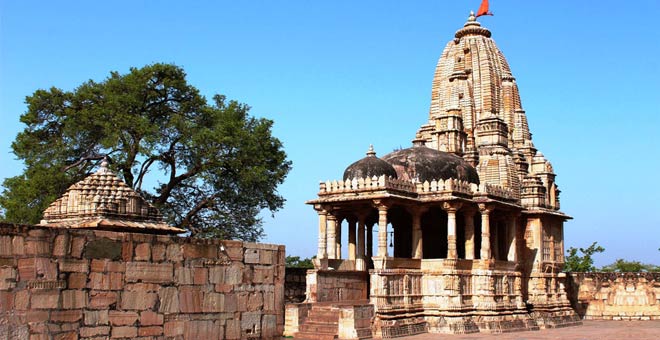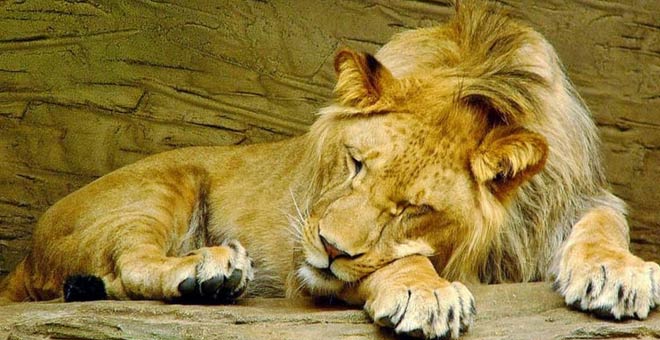Chittorgarh Fort
Chittorgarh Fort is regarded as the symbol of Rajput chivalry, resistance and bravery. The fort is situated 175 kilometer to the east of Udaipur and is believed to be named after the person who built it, Chitrangada Mori. The famous Chittorgarh fort, which is one of the largest in India, is situated on a 180 meter high hill that rises from the banks of river Berach. The fort is known for its seven gates namely Padan Gate, Ganesh Gate, Hanuman Gate, Bhairon Gate, Jodla Gate, Lakshman Gate and the main gate which is named after Lord Ram. The Chittorgarh fort houses many palaces, like the Rana Kumbha Palace, the Fateh Prakash Palace, the Tower of Victory and Rani Padmini's Palace. All these structures are significant for their Rajput architectural features. There are also many temples within the fort. A huge complex of Jain temples are a major attraction. Chittorgarh fort, along with other hill forts of Rajasthan was declared as UNESCO World Heritage Site in 2013.
History of the Fort
In ancient India, the place where the fort is currently present was known as Chitrakut. Due to the ancientness of this fort, there are no clear evidences supporting the origin of the fort. There is however, a bunch of theories that are still subjected to debates. The most common theory states that Chitrangada Mori, a local Maurya ruler built the fort. A water body which was situated next to the fort is said to have been created by the legendary hero of Mahabharata, Bhima. The legend has it that Bhima once struck the ground with all his might, which gave rise to a huge reservoir. Bhimlat Kund, an artificial tank next to the fort, was where the legendary reservoir once sat, it is said.
Thanks to the fort’s majestic appearance, many rulers in the past have tried to capture it, in an attempt to make it their own. Bappa Rawal of the Guhila dynasty was one of the earliest rulers to have captured the fort successfully. It is said that the fort was captured by him around 730 AD, after defeating the Moris, to whom the fort once belonged. Another version of the story states that Bappa Rawal did not capture the fort from the Moris but from the Arabs, who had captured it from the Moris, even before the arrival of Bappa Rawal. It is said that Bappa Rawal was part of the army led by Nagabhata I of the Gurjara Pratihara dynasty. It is believed that this army was mighty enough to defeat the famous troops of Arab, who were considered imperious on a battle field back then. Another legend has it that the fort was given as part of dowry to Bappa Rawal by the Moris, when they gave the hand of one of their princesses in marriage to Bappa Rawal.
Tourist Attractions in Chittorgarh
Chittorgarh’s (Chittor) crowning glory is the gargantuan fort that looms over this southern Rajasthan state. Chittor goes down in Rajasthani folklore for its Rajput kings of old who exhibited massive levels of valour and courage while defending the area. Travellers here are not just regular tourists; backpackers looking to experience a different side of Rajasthan, architecture and history buffs, and crowds of pilgrims make their way to Chittor, all through the year. Besides the Chittor Fort, a curious traveller can explore a variety of palaces, temples, tanks, and wildlife sanctuaries. The nearest airport is at Uadipur and Chittor is a 70km car ride away. The Chittorgarh Railway Station is the nearest railhead to the city. The capital of the former kingdom of Mewar has a story to tell in every historical structure. Here’s an eclectic list of all the places to visit in Chittorgarh.
Chittorgarh Tour Packages
Chittorgarh is known for a number of forts and palaces with historical significance. Chittorgarh tour packages are in great demand as large numbers of tourists wish to explore of a number of attractions in the city. These tour packages comfortably take the tourists to a number of famous places in town.
-
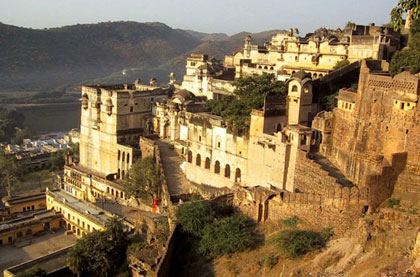
Chittorgarh 5 Days Tour
Duration : 04 Nights / 05 Days
Destination Covered : Kota - Bundi - Chittorgarh -
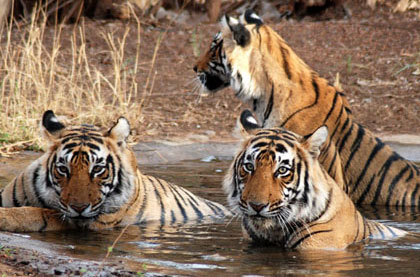
5 Days Jaipur Chittorgarh
Duration : 04 Nights / 05 Days
Destination Covered : Jaipur - Ranthambore - Chittorgarh - Udaipur -
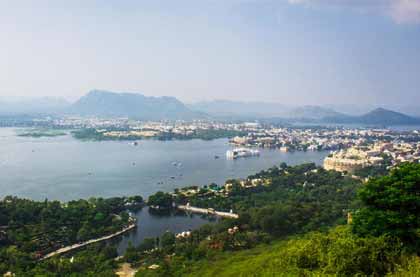
Bundi Chittorgarh 5 Days
Duration : 04 Nights / 05 Days
Destination : Ranthambhore, Bundi, Chittorgarh, Udaipur, Ranakpur, Jodhpur -
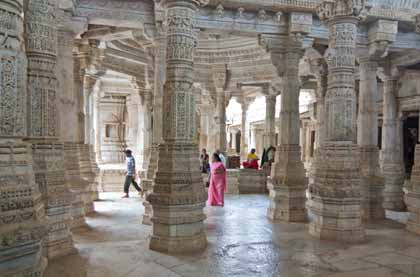
Chittorgarh 9 Days Tour
Duration : 08 Nights / 09 Days
Destination : Jaipur, Ranthambore, Chittorgarh, Udaipur, Ranakpur, Jodhpur, Jaisalmer -
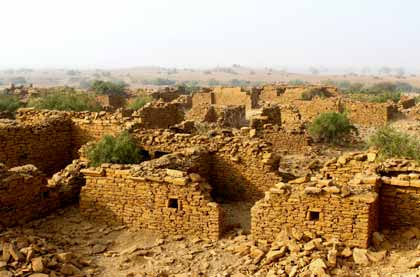
Pushkar Chittorgarh 8 Day
Duration : 07 Nights / 08 Days
Destination : Jaipur, Pushkar, Chittorgarh, Udaipur, Jodhpur, Jaisalmer/Desert -
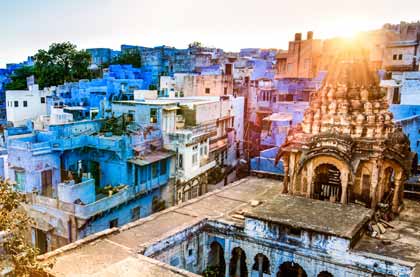
Jaipur Chittorgarh Udaipur
Duration : 07 Nights / 08 Days
Destination : Jaipur, Chittorgarh, Udaipur, Kumbhakgarh, Ranakpur, Jodhpur, Jaisalmer -
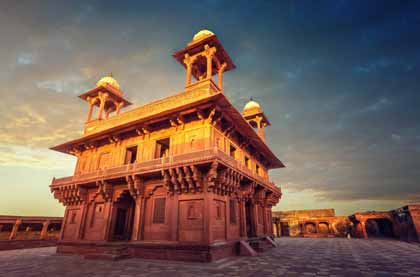
Jodhpur Ranakpur Udaipur
Duration : 08 Nights / 09 Days
Destination : Jodhpur, Ranakpur, Udaipur, Chittorgarh, Jaipur, Fatehpur Sikri, Agra, Delhi -
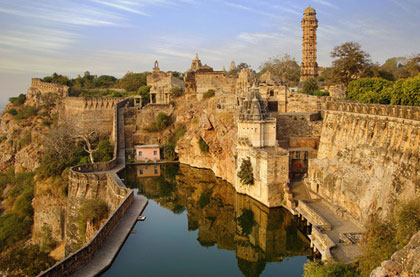
Delhi Mandawa Bikaner Tour
Duration : 13 Days / 12 Nights
Destination : Delhi, Mandawa, Bikaner, Jaisalmer, Jodhpur, Mountabu, Ranakpur, Udaipur, Chittorgarh, Pushkar

 +91 9799050299
+91 9799050299  +44 (0)7900 602340
+44 (0)7900 602340 


